Difference Between EN39 & BS1139 Galvanized Steel Pipe
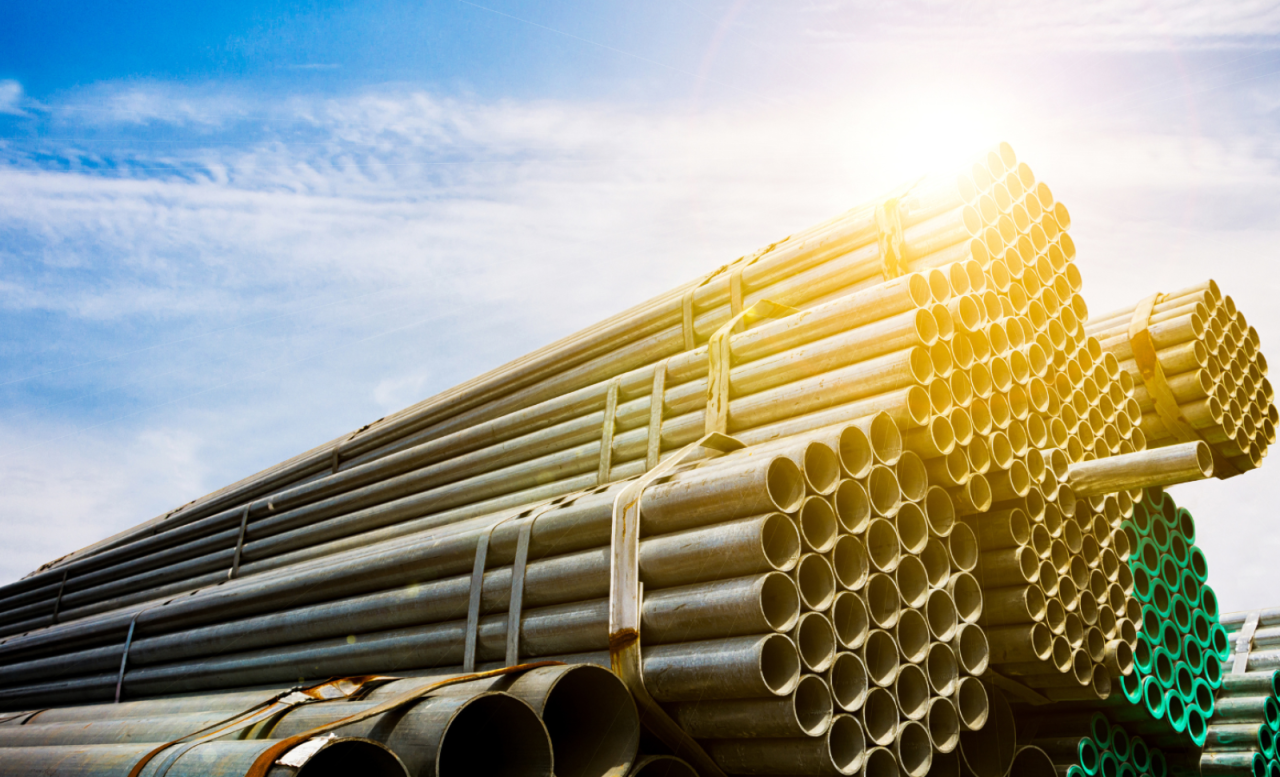
Difference Between EN39 & BS1139 Galvanized Steel Pipe
Introduction
EN39 and BS1139 are two different standards that govern the manufacturing and specifications of galvanized steel pipes. While both standards focus on galvanized steel pipes used in scaffolding applications, there are some key differences between EN39 and BS1139 galvanized steel pipes. In this article, we will explore these differences to help you understand which standard is most suitable for your specific requirements.
EN39 Galvanized Steel Pipe
EN39 is a European standard that specifies the requirements for galvanized steel pipes used in scaffolding applications. It covers the dimensions, mechanical properties, and technical conditions of the pipes. EN39 galvanized steel pipes are known for their high strength, durability, and corrosion resistance.
The key features of EN39 galvanized steel pipes include:
- Corrosion Resistance: EN39 galvanized steel pipes are coated with a layer of zinc, providing excellent corrosion resistance. This makes them suitable for outdoor applications where they are exposed to harsh weather conditions.
- High Strength: EN39 galvanized steel pipes are manufactured using high-quality steel, ensuring their structural integrity and high load-bearing capacity. They can withstand heavy loads and provide a safe working platform for scaffolding systems.
- Easy Installation: EN39 galvanized steel pipes are designed with standardized dimensions, making them easy to install and connect. They can be easily cut, threaded, and joined using various fittings and connectors.
- Compliance with European Standards: EN39 galvanized steel pipes comply with the European standards for scaffolding applications, ensuring their quality and safety.
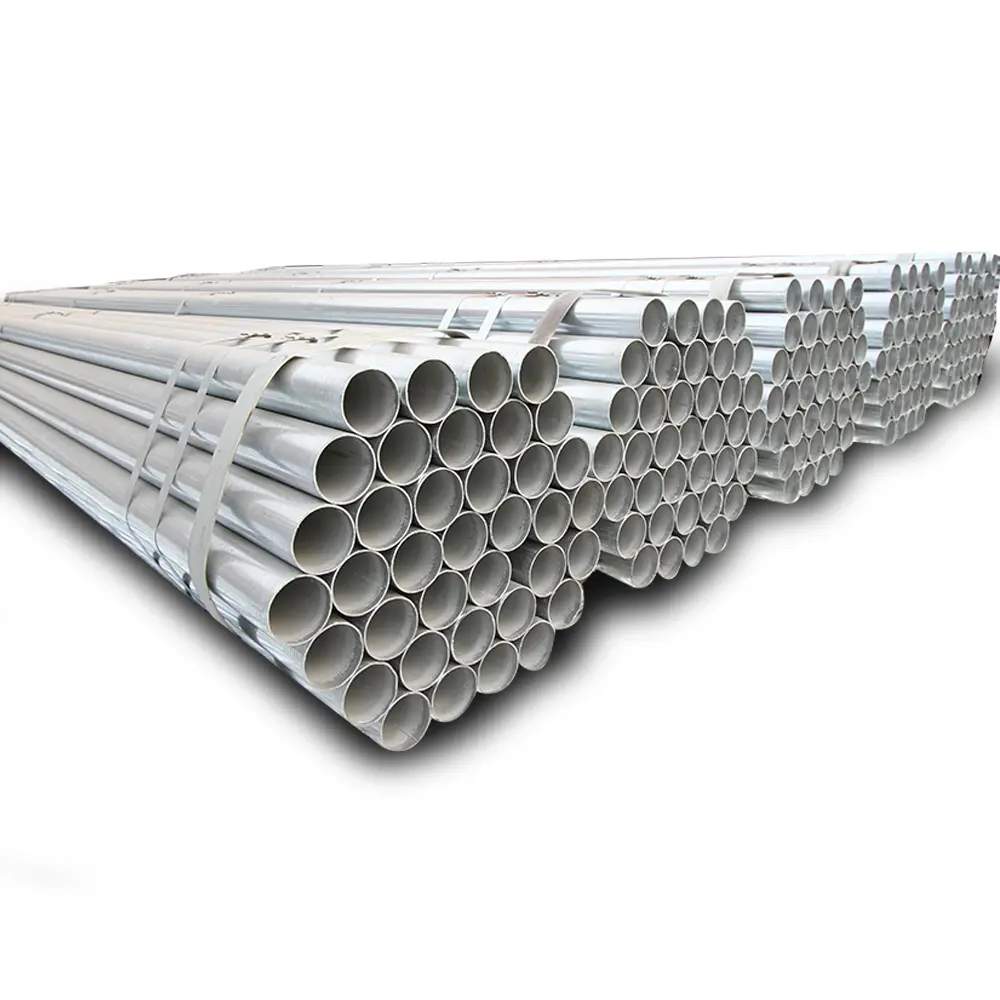
BS1139 Galvanized Steel Pipe
BS1139 is a British standard that specifies the requirements for galvanized steel pipes used in scaffolding applications. It covers the dimensions, mechanical properties, and technical conditions of the pipes. BS1139 galvanized steel pipes are widely used in the construction industry for scaffolding systems.
The key features of BS1139 galvanized steel pipes include:
- Corrosion Resistance: BS1139 galvanized steel pipes are coated with a layer of zinc, providing excellent corrosion resistance. This makes them suitable for outdoor applications where they are exposed to moisture and other corrosive elements.
- High Strength: BS1139 galvanized steel pipes are manufactured using high-quality steel, ensuring their structural integrity and high load-bearing capacity. They can withstand heavy loads and provide a safe working platform for scaffolding systems.
- Easy Installation: BS1139 galvanized steel pipes are designed with standardized dimensions, making them easy to install and connect. They can be easily cut, threaded, and joined using various fittings and connectors.
- Compliance with British Standards: BS1139 galvanized steel pipes comply with the British standards for scaffolding applications, ensuring their quality and safety.
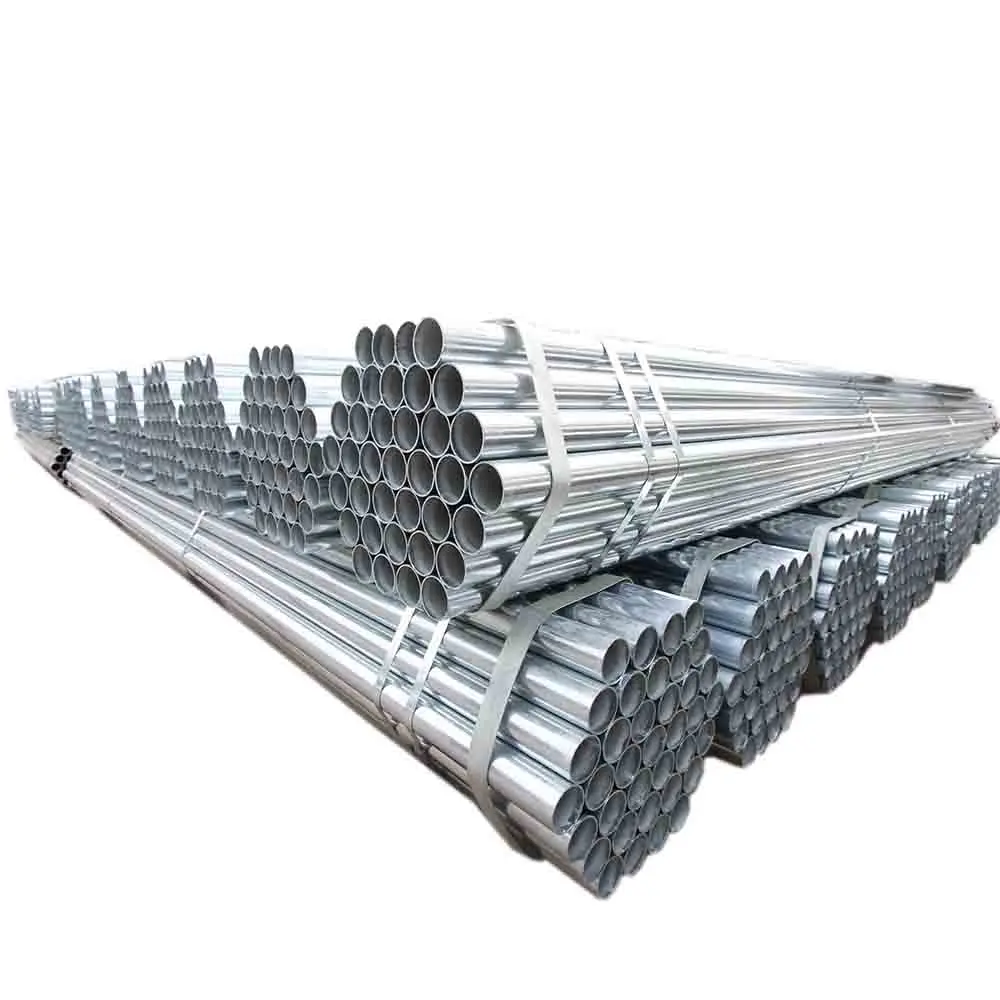
Differences Between EN39 and BS1139 Galvanized Steel Pipe
While both EN39 and BS1139 galvanized steel pipes are used in scaffolding applications and share many similarities, there are some key differences between the two standards:
- Geographical Scope: EN39 is a European standard, while BS1139 is a British standard. This means that EN39 galvanized steel pipes are more commonly used in European countries, while BS1139 galvanized steel pipes are prevalent in the United Kingdom and other countries that follow British standards.
- Dimensional Differences: EN39 and BS1139 have slight differences in their dimensional requirements. These differences include variations in pipe diameter, wall thickness, and length. It is important to consider these dimensional variations when selecting the appropriate standard for your scaffolding project.
- Certification and Compliance: EN39 and BS1139 have different certification and compliance requirements. EN39 galvanized steel pipes must meet the European standards for scaffolding applications, while BS1139 galvanized steel pipes must adhere to the British standards. It is crucial to ensure that the pipes you choose comply with the relevant standards and have the necessary certifications.
- Availability: The availability of EN39 and BS1139 galvanized steel pipes may vary depending on your location. If you are in Europe, EN39 galvanized steel pipes may be more readily available, while BS1139 galvanized steel pipes may be easier to find in the United Kingdom and other countries that follow British standards.
Conclusion
EN39 and BS1139 are two widely recognized standards for galvanized steel pipes used in scaffolding applications. While both standards offer corrosion resistance, high strength, and easy installation, there are some differences in their dimensional requirements, certification, and availability. It is important to consider these factors and choose the standard that best suits your specific requirements and complies with the relevant regulations in your region. Consulting with industry experts and suppliers can help you make an informed decision and ensure the success of your scaffolding project.
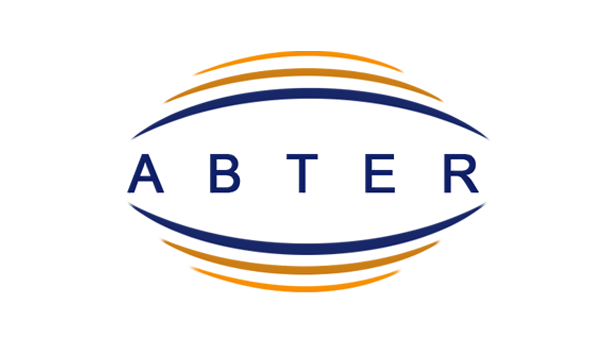

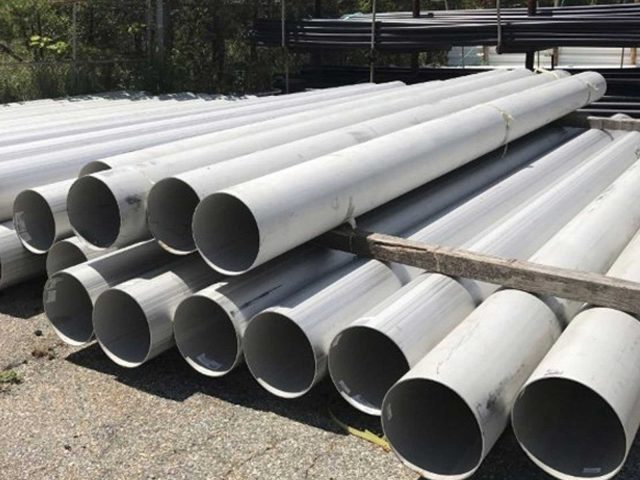
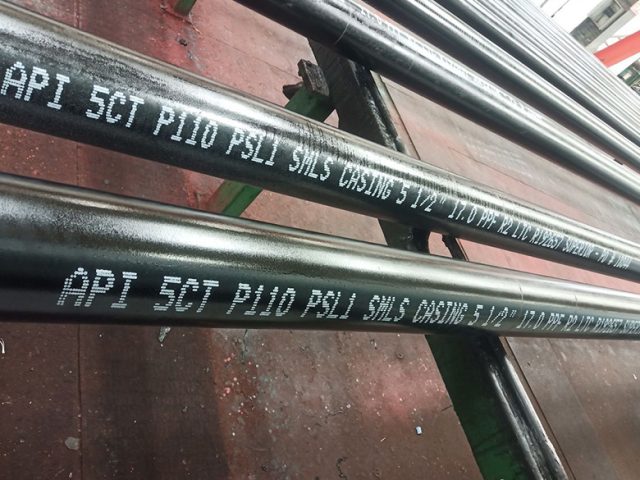
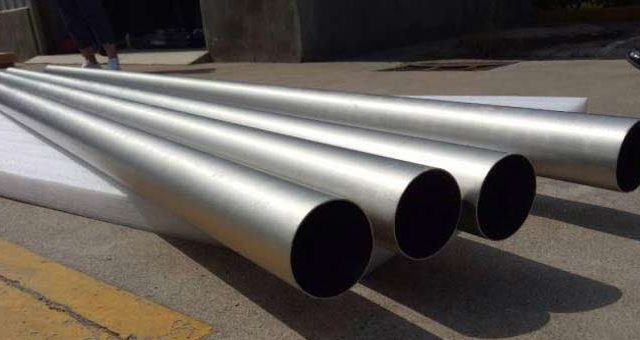
12 comments
santekhnik_mxKa
2024年3月15日 at pm12:41
Zinc Coating:
Ronsun2023
2024年3月24日 at pm1:03
EN39 requires a minimum zinc coating thickness of 75 microns on both the exterior and interior of the pipe. BS1139 requires 85 microns exterior and 75 microns interior.
santehnik__ebkt
2024年3月15日 at pm4:51
Standard:
Ronsun2023
2024年3月24日 at pm1:03
EN39 refers to the European Standard for galvanized steel pipe, while BS1139 is the British Standard. The specifications and testing requirements are slightly different between the two.
santehnik_klka
2024年3月15日 at pm7:59
What is the composition of EN39?
Ronsun2023
2024年3月24日 at pm12:59
EN39 is a 4.5% nickel, chromium, molybdenum grade available as full bar lengths or cut pieces with delivery to the whole of the UK. It is suitable for case hardening to give a case resistant surface with a high core strength up to 1310 N/mm². This grade is commonly supplied as round bar.
avtovesy_
2024年3月23日 at am8:32
What are the properties of EN39 steel?
Ronsun2023
2024年3月24日 at pm12:54
EN36 Steel | 655M13
EN36 is a carburising steel grade with very high surface strength with a soft but strong core. The material retains a remarkable degree of toughness. With high tensile strength, EN36 is used in the production of numerous high strength parts including crankshafts in the automotive and aerospace sector.
tkan_optom_hqml
2024年3月23日 at am9:54
What is the composition of EN39?
Ronsun2023
2024年3月24日 at pm12:53
EN39 is a 4.5% nickel, chromium, molybdenum grade available as full bar lengths or cut pieces with delivery to the whole of the UK. It is suitable for case hardening to give a case resistant surface with a high core strength up to 1310 N/mm². This grade is commonly supplied as round bar.
wow_boost_
2024年3月23日 at pm4:50
What is the difference between BS1139 and EN39?
Ronsun2023
2024年3月24日 at pm12:53
In Conclusion, the main differences between BS1139 and EN39 are the chemical components Aluminium Annealed or Not. Aluminium chemical makes scaffold steel tube more flexible which is more suitable used in cold weather